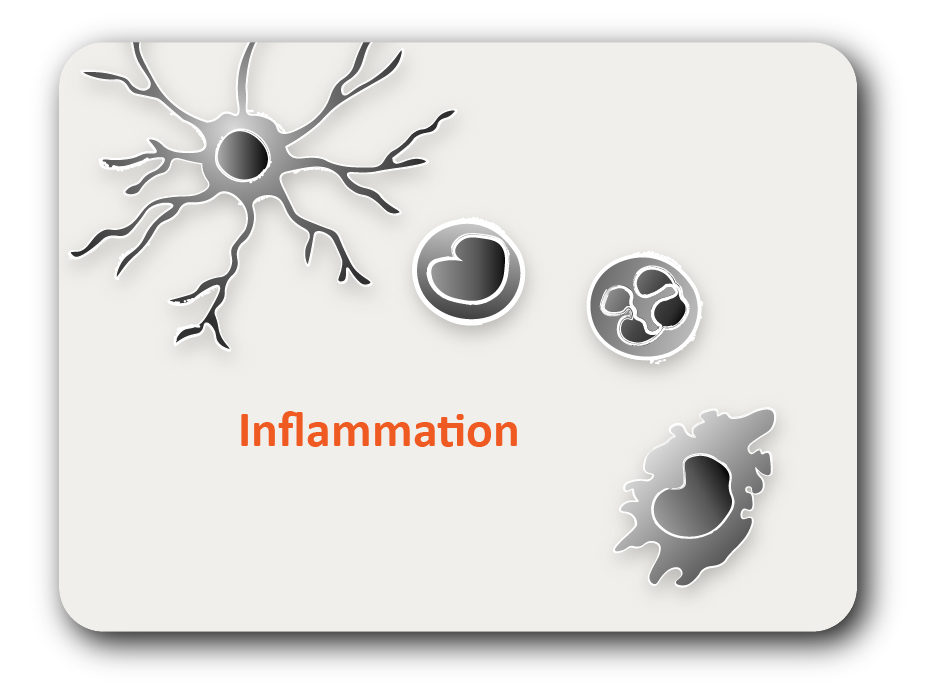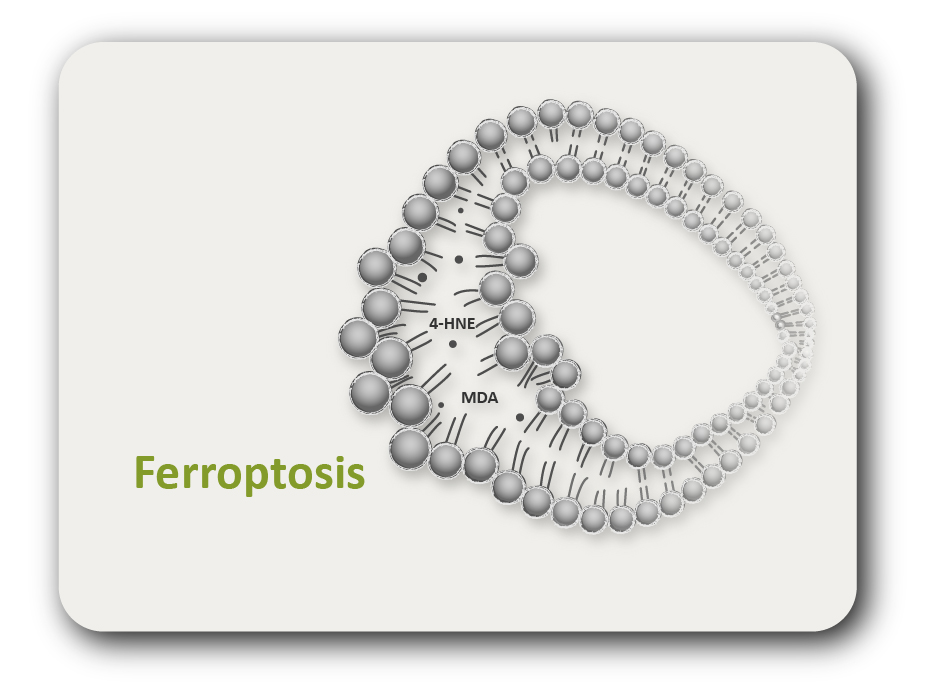ARG10534
anti-MUC16 / CA125 antibody [X306]
anti-MUC16 / CA125 antibody [X306] for ELISA,Western blot and Human
Cancer antibody; Controls and Markers antibody; Signaling Transduction antibody
概述
| 产品描述 | Mouse Monoclonal antibody [X306] recognizes MUC16 / CA125 |
|---|---|
| 反应物种 | Hu |
| 应用 | ELISA, WB |
| 宿主 | Mouse |
| 克隆 | Monoclonal |
| 克隆号 | X306 |
| 同位型 | IgG1 |
| 靶点名称 | MUC16 / CA125 |
| 抗原物种 | Human |
| 抗原 | MUC16 / CA125 antigen purified from Human ovarian carcinoma. |
| 偶联标记 | Un-conjugated |
| 別名 | Mucin-16; MUC-16; Ovarian carcinoma antigen CA125; CA125; Ovarian cancer-related tumor marker CA125; CA-125 |
应用说明
| 应用建议 |
|
||||||
|---|---|---|---|---|---|---|---|
| 应用说明 | Recommended pairs for sandwich immunoassay (capture-detection): ARG10534 - ARG10351 ARG10534 - ARG54428 ARG10534 - ARG10156 * The dilutions indicate recommended starting dilutions and the optimal dilutions or concentrations should be determined by the scientist. |
属性
| 形式 | Liquid |
|---|---|
| 纯化 | Ion exchange chromatography |
| 缓冲液 | 10 mM Tris (pH 7.5), 0.15 M NaCl and 0.05 % Sodium azide |
| 抗菌剂 | 0.05 % Sodium azide |
| 存放说明 | For continuous use, store undiluted antibody at 2-8°C for up to a week. For long-term storage, aliquot and store at -20°C or below. Storage in frost free freezers is not recommended. Avoid repeated freeze/thaw cycles. Suggest spin the vial prior to opening. The antibody solution should be gently mixed before use. |
| 注意事项 | For laboratory research only, not for drug, diagnostic or other use. |
生物信息
| 数据库连接 | |
|---|---|
| 基因名称 | MUC16 |
| 全名 | mucin 16, cell surface associated |
| 生物功能 | Thought to provide a protective, lubricating barrier against particles and infectious agents at mucosal surfaces. [UniProt] |
| 研究领域 | Cancer antibody; Controls and Markers antibody; Signaling Transduction antibody |
| 预测分子量 | 1519 kDa |
| 翻译后修饰 | Heavily O-glycosylated; expresses both type 1 and type 2 core glycans. Heavily N-glycosylated; expresses primarily high mannose and complex bisecting type N-linked glycans. May be phosphorylated. Phosphorylation of the intracellular C-terminal domain may induce proteolytic cleavage and the liberation of the extracellular domain into the extracellular space. May contain numerous disulfide bridges. Association of several molecules of the secreted form may occur through interchain disulfide bridges providing an extraordinarily large gel-like matrix in the extracellular space or in the lumen of secretory ducts. |





